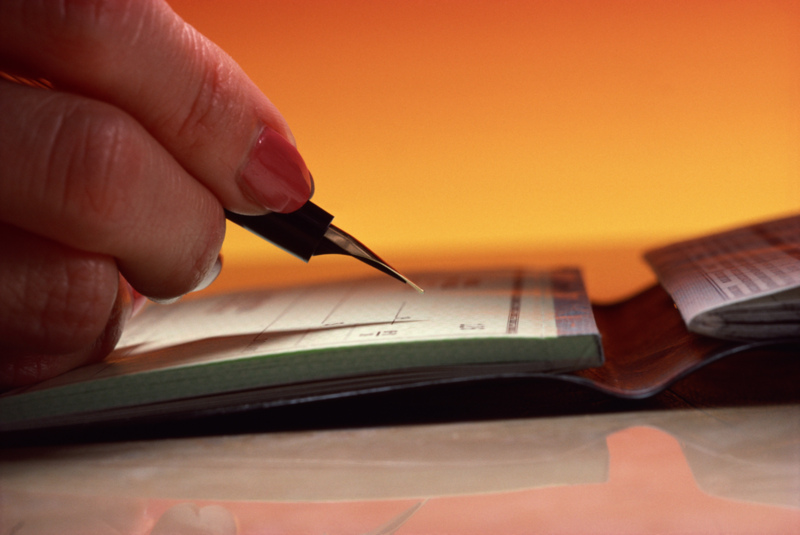
|
|
Overdraft checking line of credit

At some point, most people have probably (whether intentionally or not) written a check for more than they had in their checking account or swiped their debit card for an amount that was more than they had in their checking at that time.
No doubt, after that you were probably hit with hefty overdraft fees, negative balance fees, and more. However, this situation can often be prevented by applying for an overdraft checking line of credit.
|
|
What is an overdraft checking line of credit?
An overdraft line of credit is, essentially, a loan that is connected to your checking account. When you have this line of credit, you can use more funds in your checking account even if you don't have them in your account at that moment. You can write checks or use your debit card for amounts that are higher than your checking balance without fear of penalties.
For example, let's say you have $10 in your checking account but you have two charges hit your account at the same time-one is a check for $10, the other is a $5 debit purchase, putting you $5 in the hole. Not only that, but let's say your bank charges you $20 for each overdraft-you now have $40 in fees to cover $15 worth of charges.
With an overdraft line of credit however, you would end up borrowing $5 on your line of credit to cover the amount of money your checking account was short. While you are charged interest on the amount you borrow, it's a very small price to pay when compared to the fees you would have otherwise been charged.
Things to keep in mind
An overdraft checking line of credit is not a free service provided by your bank; rather, there are a number of things you need to keep in mind if you are considering using this service:
- You have to apply and qualify for it. Obtaining this type of line of credit is similar to applying for a credit card. They will run your credit and you have to qualify for it. You will also have a credit limit on your overdraft line of credit, usually between $100 up to thousands, depending on your credit history and what you qualify for.
- There is an interest rate. You will pay interest on the money that you borrow to cover the negatives in your checking account. This is typically around 20%, sometimes more.
- There are fees. Many banks will also charge an additional fee on top of the interest, like 5% of the outstanding balance of your line of credit loan, if you do not pay it off each month. Some banks will also charge a transaction fee of $5 or more each time the service is used, in addition to the interest. You will also pay hefty fees for late payments, overcharging your line of credit, or returning a check.
As you can see, a checking overdraft line of credit can be very beneficial when used occasionally to cover funds you may not have in your checking account at that time. However, the key is to use them occasionally. Using the line of credit too much can indicate that you need to manage your money more effectively. In addition, abusing the line of credit can result in large fines, and your bank can even close the line of credit, which will impact your credit score negatively, so make sure you are responsible with it.
Privacy Policy, Terms of Use